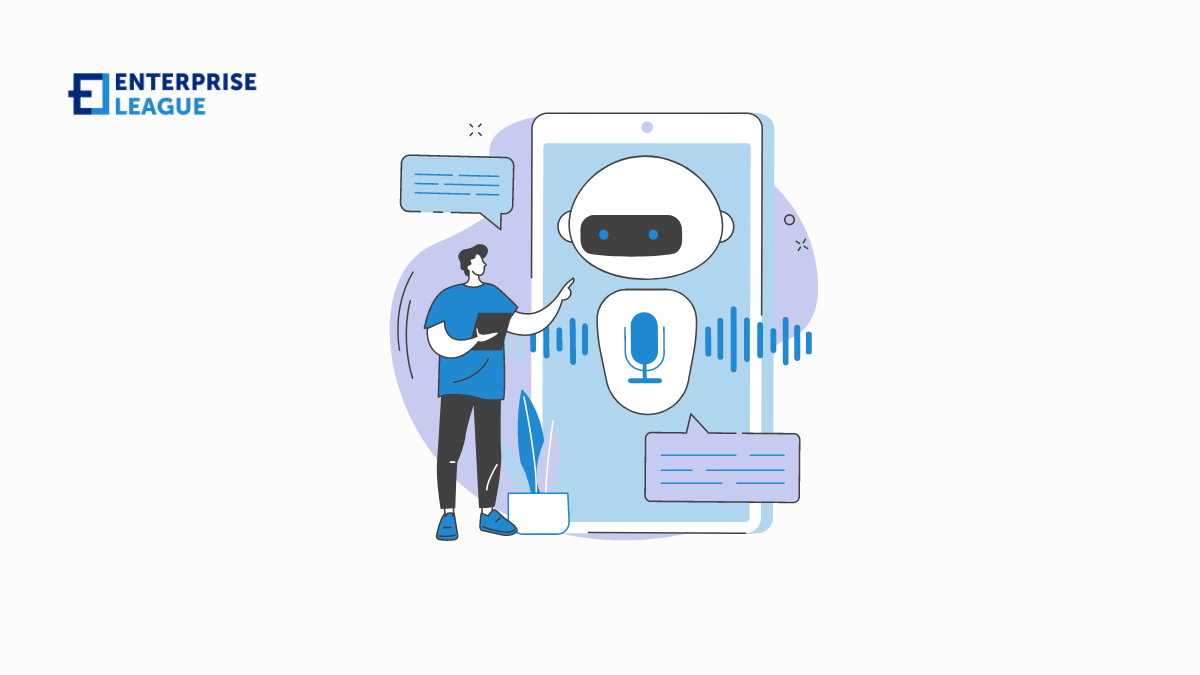AI-driven virtual assistants deliver new and improved content from Alexa and Siri to consumer service chatbots. If it’s not transformative for marketers, techies, or consumers, the revolution will arrive before they know it.
AI virtual assistants are extensions of human activity. These digital assistants anticipate needs and quickly fulfill requests, and AI technology is expanding its capacity for human language. Texts, graphics, and creative projects are near perfect after simple requests. They set reminders, control smart home devices, connect with media providers, manage calendars, and answer real-time questions. AI-powered virtual assistants use natural language from large learning models (LLMs).
AI assistants are moving into all sectors of the economy and personal lives, delivering practical action steps. Virtual healthcare providers answer patient questions, AI tutors provide complex lessons, and AI chatbots offer customer service. AI raises concerns about privacy, algorithmic bias, and job displacement. But every major technological and economic revolution has proven a net societal advantage.
Inside AI-powered virtual assistants
A quick look at the basics becomes necessary to demystify the always-available tireless assistant and to take practical steps toward understanding the advantages of AI assistants. The core of this technology lies in a mix of leading-edge technologies:
- Natural language processing (NLP) enables assistants to understand human language context, nuance, commands, and conversations. It also allows AI to understand and respond appropriately to queries and commands. Even deeper in NLP, algorithms analyze semantics and syntax.
- Machine learning (ML) is the heart of virtual assistance. AI learns by reviewing mass databases like the Internet, privately held business information, research data, and scientific facts. ML can have restricted data for highly specialized responses. For example, AI virtual assistants in the medical field should only use data from high-authority sources.
- Speech synthesis and recognition converts human speech into text and from text to speech, creating an aura of seamless spoken conversation. These text-to-speech technologies create humanlike and natural-sounding responses, and algorithms screen background noise distractions.
- Application programming interfaces (APIs) create an interface with different applications and services using rules. This interfacing technology communicates and exchanges data. Thus, assistants can order food delivery, book appointments, control smart devices, and even schedule sprinklers in accordance with the weather. Connected devices can sync with assistants.
- Reasoning and problem-solving are developing with advanced assistants. The use of reasoning is in the early stages, with the goal of more intuitive virtual assistants. Under improvement is dialog management that fuels engaging and smooth conversations, understanding context, and tracking past interactions.
Benefits of AI virtual assistants
The benefits of virtual assistants include removing mundane tasks, help is one conversation away, and natural information results. AI is transforming human society, and the benefits are subtle yet profound.
Optimizing business practices is critical for good profit margins. In the area of customer service companies have been struggling with chatbots that were “clunky” and frustrating for callers. Agitated customers devised ways to “talk with a human.” The chatbots would need to forward calls too often. AI chatbots can train on the company data and resolve more problems, saving labor costs.
Boosting productivity is practical and always valued at home and work. Repetitive tasks disappear, valuable time is well-spent, and humans can devote themselves to essential tasks. AI empowers users daily with self-improvement suggestions, language learning, health guidance, educational resources, and more.
Transforming virtual assistants with AI
AI assistants seamlessly integrate at home, work, and with smartphones. The AI revolution is pushing all devices forward. Consider these expected outcomes:
- Deeper understanding of context: Advanced AI will shift to robust natural language understanding, grasp complex sentences, interpret human emotion, and anticipate user needs.
- Multimodal interactions: AI is moving forward with using vision. Soon, assistants will recognize gestures and facial expressions. Brain-computer interfaces will enable people with physical limitations to have a natural experience.
- Practical problem-solving: AI assistants will become more proactive in identifying impacted schedules, looking at health records to make appointment suggestions, and more. The goal is to anticipate problems and alert users.
- Personalized adaptation: Current assistants will move from usage patterns to personalized response preferences. AI will soon recognize different voices and know different users’ preferences.
- Joining the physical world: AI assistants will integrate more with smart devices and occupied environments. Deeper integration will merge digital and natural human spaces.
What is the future?
Predicting the direction of AI development beyond the horizon is difficult, at best. Futurists first look at existing trends. Improving integration and understanding is an established trend that promises to change every aspect of human culture. AI’s understanding of human emotions and the ability to detect them means some level of bonding with AI assistants. It is likely assistants will offer support.
AI cognition is on the verge of breakthroughs with a near-human reasoning capacity. As more complex conversations become possible, assistants will become engaging, creative, and personal. AI technology is morphing from disembodied voices to near-actual companions.
Conclusion
AI virtual assistants are becoming ubiquitous in the home, at work, and everywhere else. Virtual assistant technology transforms how humans interact with computers and the Internet, and it’s time to brace for the future. Humans have had to adapt to technological revolutions in successive waves since the dawn of history.
Large companies and organizations need an artificial intelligence consultancy for complex designs. Fortunately, homeowners can get AI assistance devices ready out of the box for basic setups.
AI needs human supervision to minimize societal impacts. The big tech players are already training employees and subsidizing university AI ethics courses. By putting human needs first, AI-powered virtual assistants will fulfill their potential to empower humans. There is no known endpoint, and finding that point depends on the choices made and paths taken – the future is having AI at everyone’s side.
What is Lorem Ipsum?
More must-read stories from Enterprise League:
- Some of the worst business ideas you should steer clear from.
- Benefits of owning a business according to business owners.
- Learn how to deal with rude customers in a creative way.
- How to ask for a deposit in a contract without being awkward or losing a client.
- Creative spiritual business ideas that you can start today.
Related Articles
Best 1800 Number Providers In Australia
If you're operating a business in Australia, it's in your best interest to invest in the right tools to give you an advantage in your respective field. One tool that many local entrepreneurs often overlook is a business number, particularly an 1800 number. 1800...
Where to Find Affordable Election Services for Unions
Every year, thousands of labor or trade organizations across the country hold elections to choose representatives. This creates a demand for affordable election service providers that help unions manage the logistics. Election services for unions come in many...
Workplace Violence or Drug Accusations: Protecting Yourself Legally
Accusations of workplace violence or drug-related misconduct can derail a career, even when the claims are unfounded. A single allegation can lead to suspension, internal investigations, damaged professional relationships, and in serious cases, criminal charges....
Best 1800 Number Providers In Australia
If you're operating a business in Australia, it's in your best interest to invest in the right tools to give you an advantage in your respective field. One tool that many local entrepreneurs often overlook is a business number, particularly an 1800 number. 1800...
Where to Find Affordable Election Services for Unions
Every year, thousands of labor or trade organizations across the country hold elections to choose representatives. This creates a demand for affordable election service providers that help unions manage the logistics. Election services for unions come in many...






